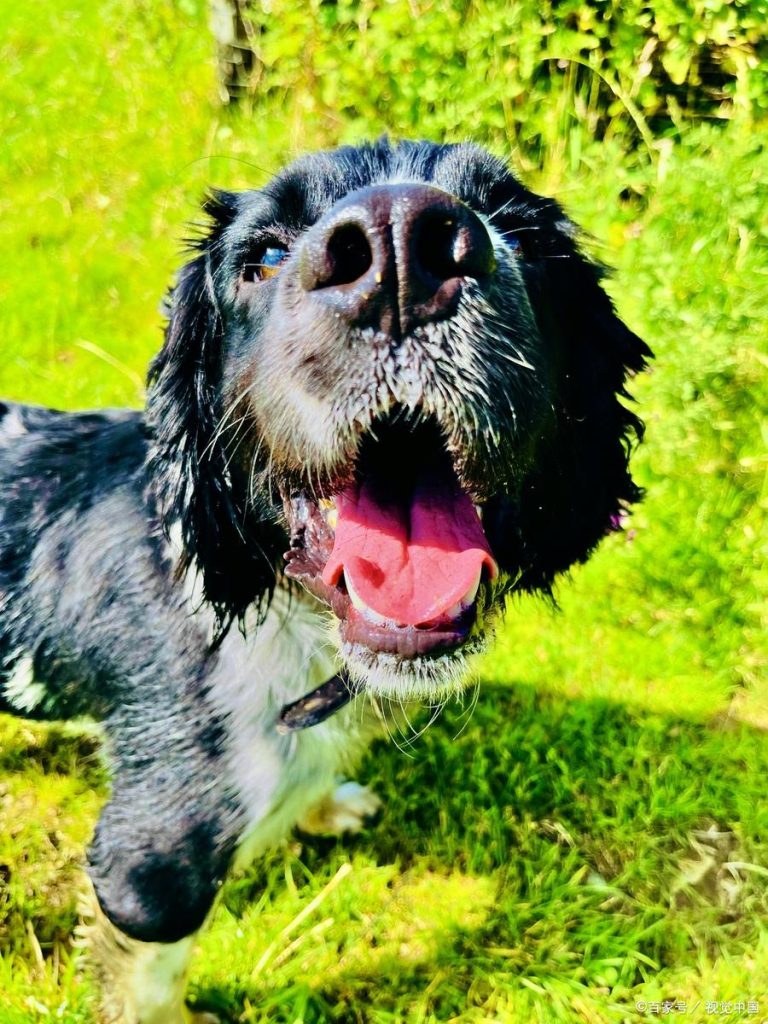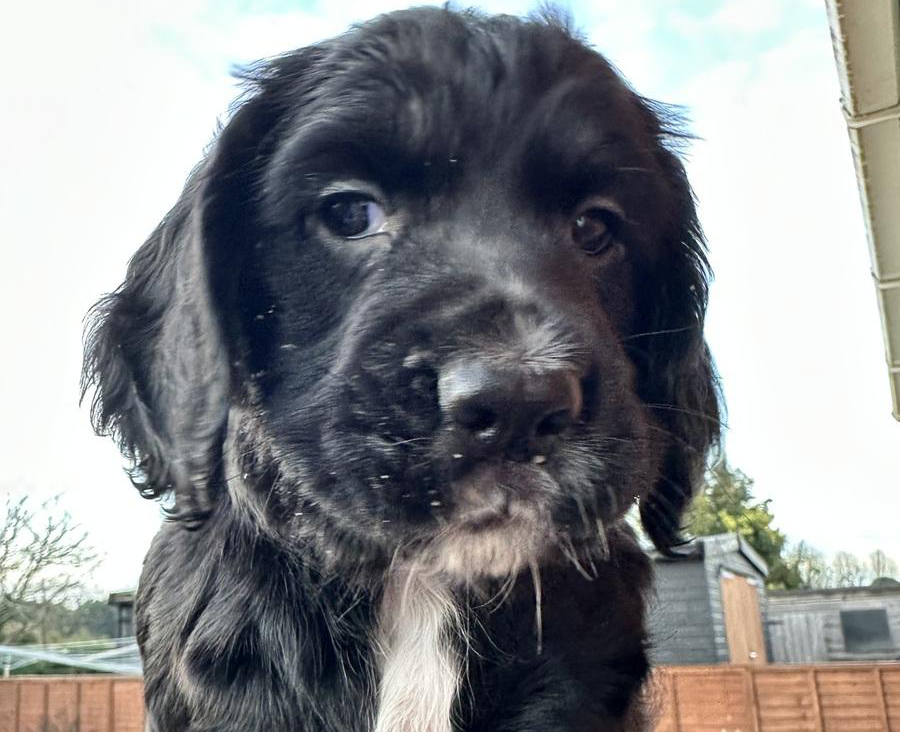In this world of pets full of love and companionship, dogs are not only our loyal companions, but also an indispensable member of the family. However, as their lively figures leap before our eyes, have you ever noticed the little uninvited guests who may be hiding in their thick fur – fleas? Although fleas are small, they can bring a lot of trouble to dogs and even affect the health of family members.
Few things frustrate pet owners more than discovering fleas on their beloved dogs. These tiny pests multiply rapidly, cause intense itching, and can infest your home. This comprehensive guide covers effective flea elimination using veterinary-approved methods, home treatments, and prevention strategies. So, what should we do when we find fleas on our dogs? This article will give you detailed answers to this common problem in pet care.
Understanding the Flea Life Cycle
To defeat fleas, you must break their 4-stage life cycle:
- Eggs (50+ per day per flea)
- Larvae (hatch in 2-14 days)
- Pupae (cocoon stage, survive months)
- Adults (live 2-3 months, bite immediately)
Key Insight: Only 5% of fleas live on your dog – the rest hide in your home as eggs/larvae!
Step 1: Kill Fleas on Your Dog
Veterinary-Grade Treatments
| Product | Type | Duration | Age Requirement |
|---|---|---|---|
| NexGard | Chewable | 1 month | 8+ weeks |
| Bravecto | Chewable | 3 months | 6+ months |
| Advantage | Topical | 1 month | 7+ weeks |
| Seresto Collar | Collar | 8 months | 7+ weeks |
Pro Tip: Always consult your vet before using flea products on puppies, seniors, or pregnant dogs.
Immediate Relief Methods
- Dawn dish soap bath (breaks flea exoskeletons)
- Flea combing (dip comb in soapy water to drown fleas)
- Aloe vera spray (soothes flea bite irritation)
1. Know the fleas: Know your “invisible enemies”.
Fleas are small, wingless, jumping insects that feed on animal blood for a living. For dogs, fleas can not only cause intense itching, but can also lead to skin inflammation, hair loss, and even anemia. More seriously, fleas are also vectors of a variety of diseases, such as taeniasis and bartonella, which also pose a potential threat to human health. Therefore, as soon as you notice fleas on your dog, you must take immediate action.
2. Preliminary judgment: Is the dog infected with fleas?
Before taking any action, you first need to determine if your dog is actually infected with fleas. Here are some common signs:
Itching: Frequent scratching of the body, especially around the waist, buttocks, and hind legs.
Skin inflammation: The flea bite may become red, swollen, inflamed, or even suppurated.
Hair removal: Dogs may experience partial hair loss due to excessive scratching.
Flea droppings: Small black particles can be found in your dog’s hair, and these are most likely flea droppings. Place the pellet on a damp paper towel, and if it turns red, it is flea droppings.
Adults: Adult fleas can sometimes be seen directly on the dog or in the surrounding environment.

3. Comprehensive control: comprehensive elimination of fleas
Once a dog is confirmed to be infected with fleas, a comprehensive approach is required. Here are some effective methods:
Environmental cleaning: First of all, the dog’s living environment should be thoroughly cleaned. This includes washing your dog’s bedding, toys, and other items that he touches frequently. Use a vacuum cleaner to clean soft furniture such as carpets, sofas, etc., in your home to remove hidden fleas and eggs.
Dog bath: Choose a special flea shampoo for your dog to bathe. Be careful to follow the instructions correctly and avoid the shampoo getting into the dog’s eyes, mouth and nose. Rinse thoroughly after bathing and dry your dog’s coat with a dry towel.
Medication: Under the guidance of a veterinarian, use flea medication for dogs. These drugs can be taken orally, topically, or collar-like. The choice of medication depends on the dog’s age, weight, and health. Always follow your doctor’s instructions to avoid poisoning from overdose or inappropriate use.
Regular prevention: To prevent flea reinfection, it is recommended to have a regular flea prevention plan for your dog. This includes using flea prophylaxis, keeping the home clean, and avoiding contact with animals or the environment that can be infected with fleas.
Step 1: Treat Your Home Thoroughly
Deep Cleaning Protocol
- Vacuum all floors, furniture, and baseboards daily (dispose of bag after)
- Wash all pet bedding in hot water (130°F+ kills all stages)
- Steam clean carpets (heat penetrates deeper than vacuuming)
- Apply flea spray to upholstery (Virbac Knockout Spray recommended)
Professional-Grade Solutions
- Insect growth regulators (IGRs like methoprene halt development)
- Diatomaceous earth (food-grade, kills fleas mechanically)
- Flea bombs (for severe infestations, requires temporary evacuation)
Step 2: Treat Your Yard (If Applicable)
Target Areas:
- Shady spots under decks/porches
- Dog runs and kennels
- Under bushes and shrubs
Effective Treatments:
- Beneficial nematodes (natural predators)
- Spinosad yard spray (kills fleas but safe for plants)
- Regular mowing (sunlight kills flea larvae)
Natural Flea Control Options
While less effective than medical treatments, these can help:
- Apple cider vinegar rinse (1:1 with water)
- Lemon spray (steep sliced lemons overnight, strain)
- Essential oil repellent (lavender, peppermint – dilute properly)
- Brewer’s yeast (added to food, makes skin less appealing)
Warning: Never use tea tree oil on dogs – it’s toxic!
4. Precautions: protect the health of dogs and their families
When dealing with flea problems in dogs, there are also a few things to keep in mind:
Personal protection: When handling fleas, wear gloves and masks to prevent flea bites or inhalation of harmful substances from flea droppings.
Health of family members: If there are other pets or members of the household who are showing symptoms similar to flea bites, they should also be checked and treated promptly.
Patience and persistence: Flea eradication is a process that requires patience and persistence. Even if the adults are not visible in the short term, control measures should continue to be implemented to prevent the resurgence of fleas.
Fifth, keep pets away from the troubles of fleas
Dogs are the source of happiness in our lives, and their health and well-being are our primary concerns. In the face of the small challenge of fleas, as long as we take the right methods and measures, we can easily deal with and protect dogs from them. Remember, regular prevention is always easier and more effective than after-the-fact treatment. Let’s work together to create a healthy and comfortable living environment for pets!
Through the introduction of this article, I believe you have a comprehensive understanding of how to deal with fleas on dogs. If you have any further questions or need more help, please feel free to contact us or consult a professional veterinarian. Let’s work together to escort the health of your pets!


